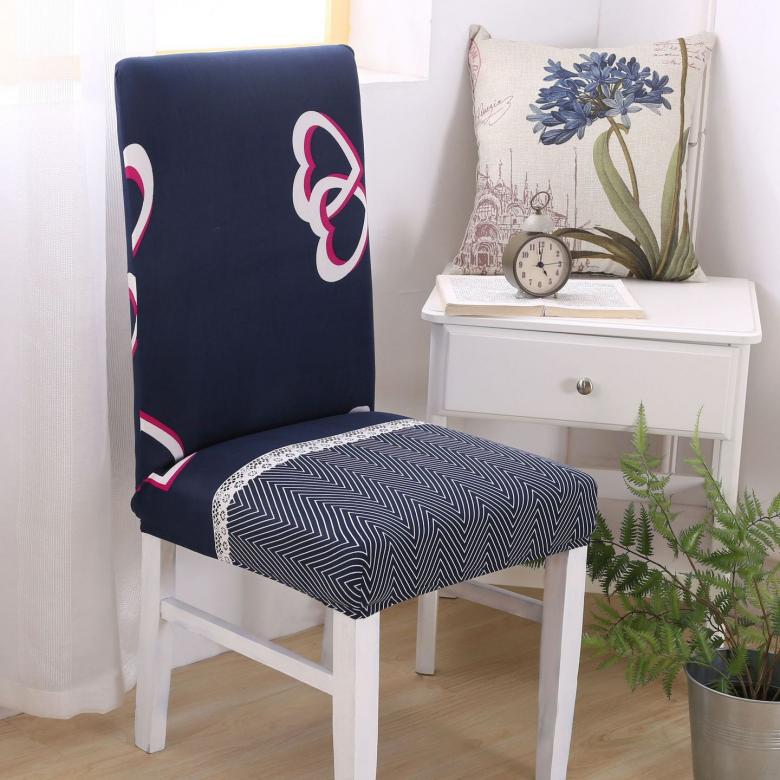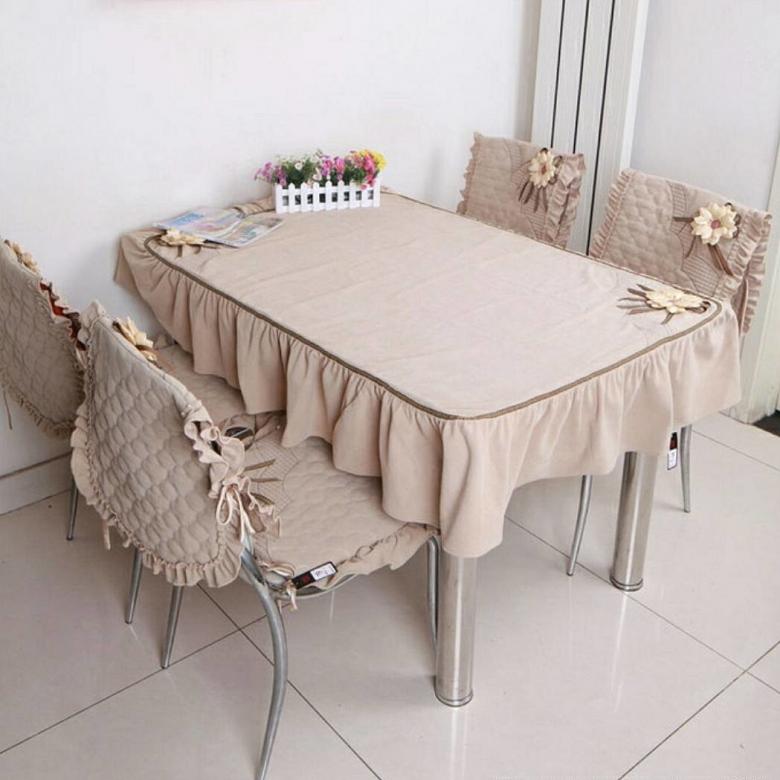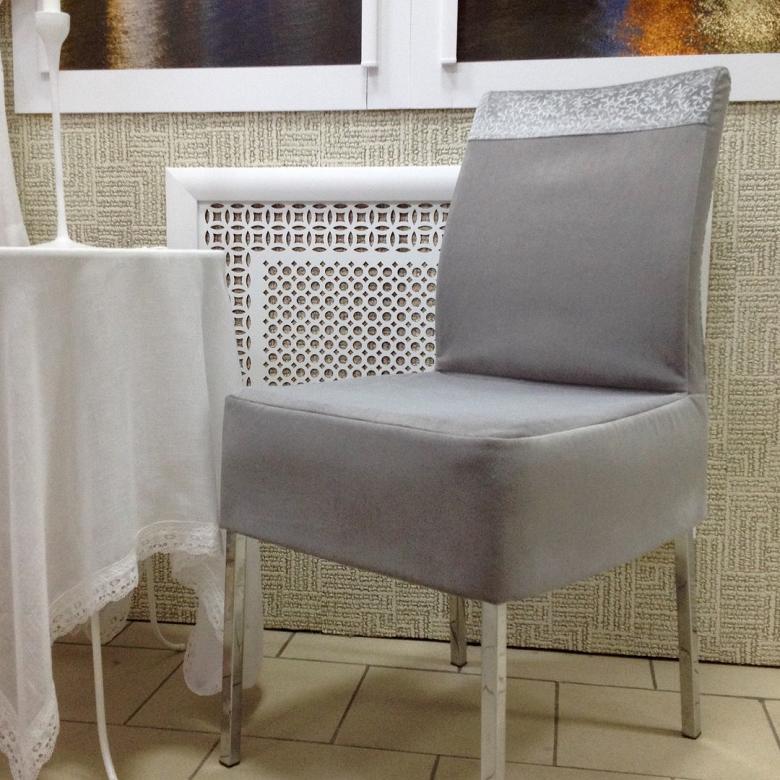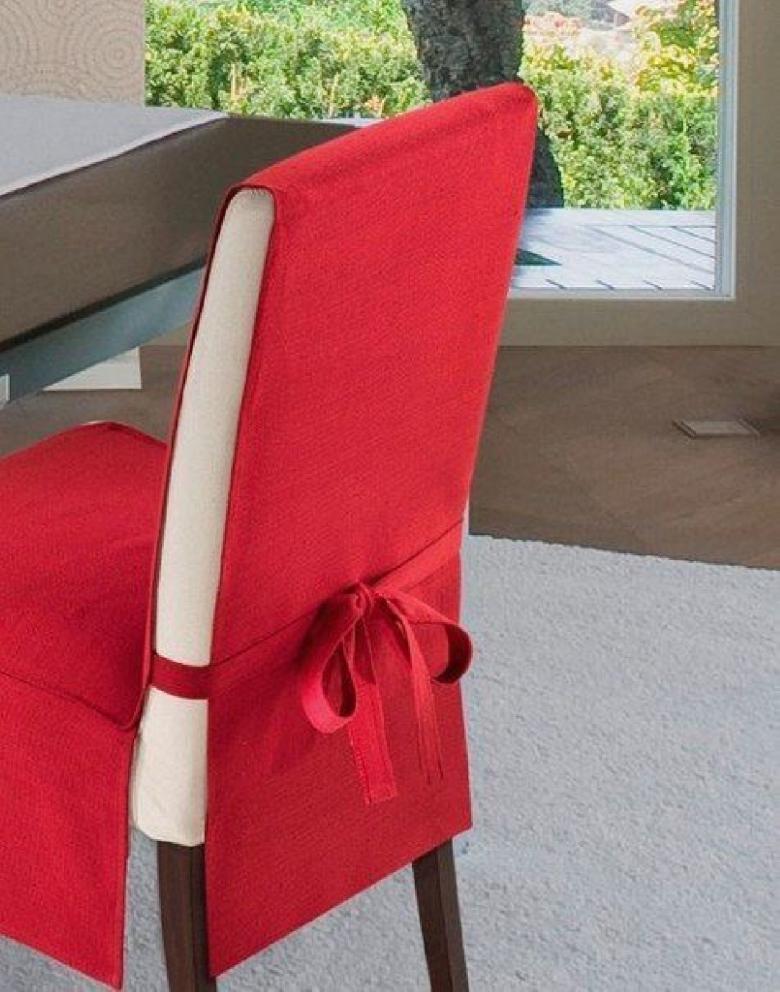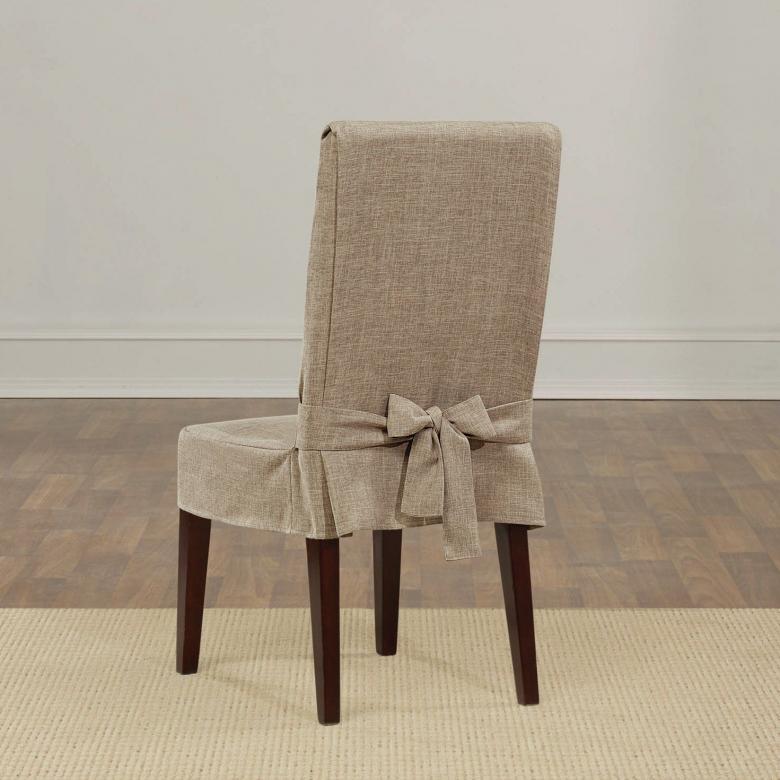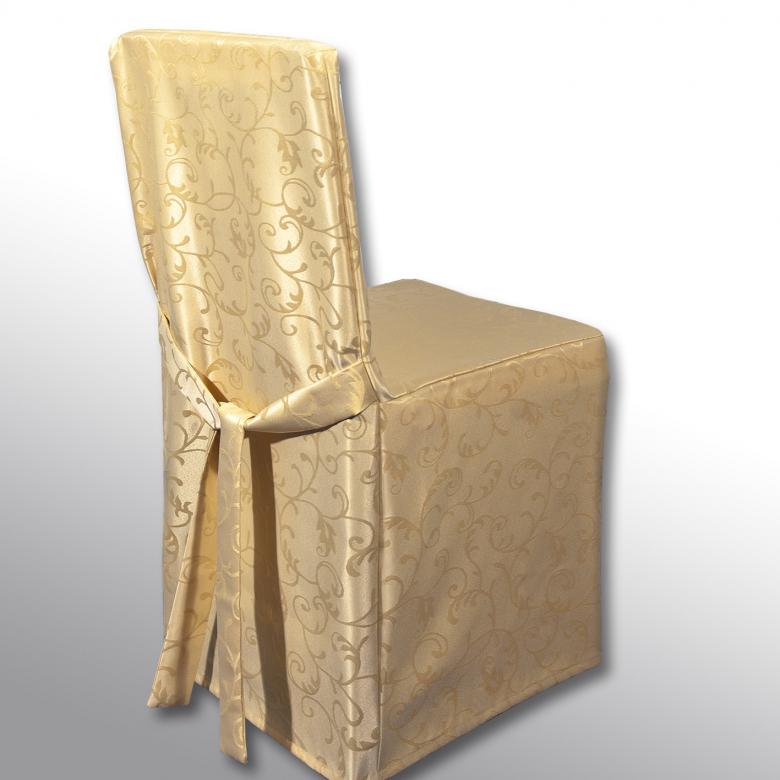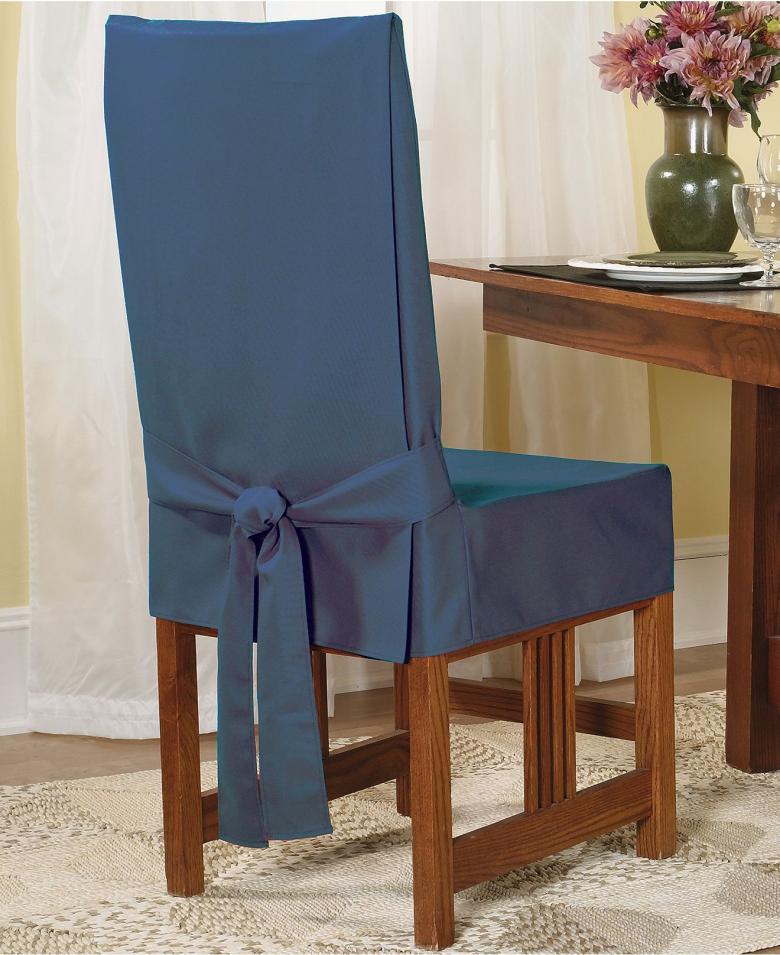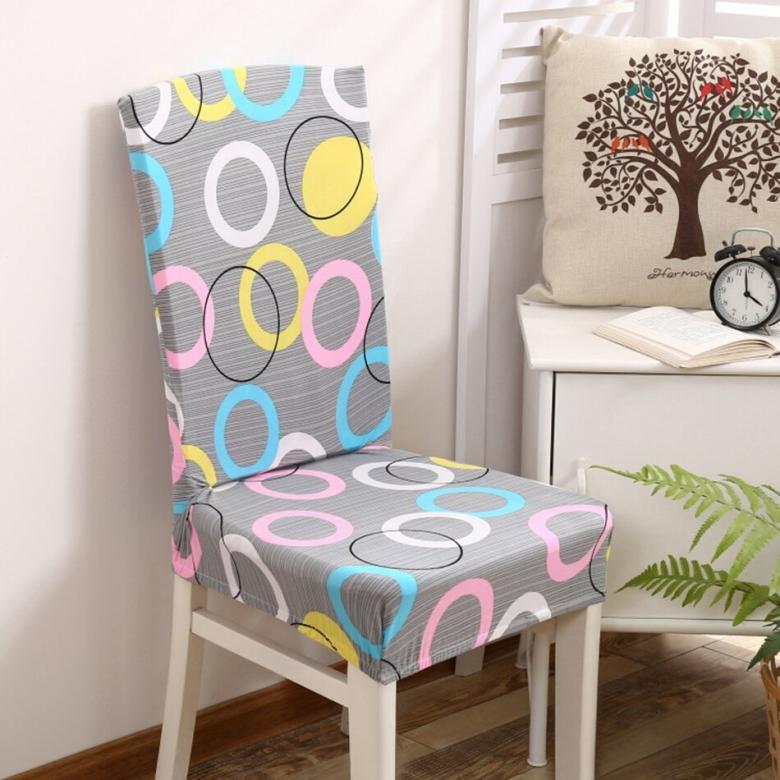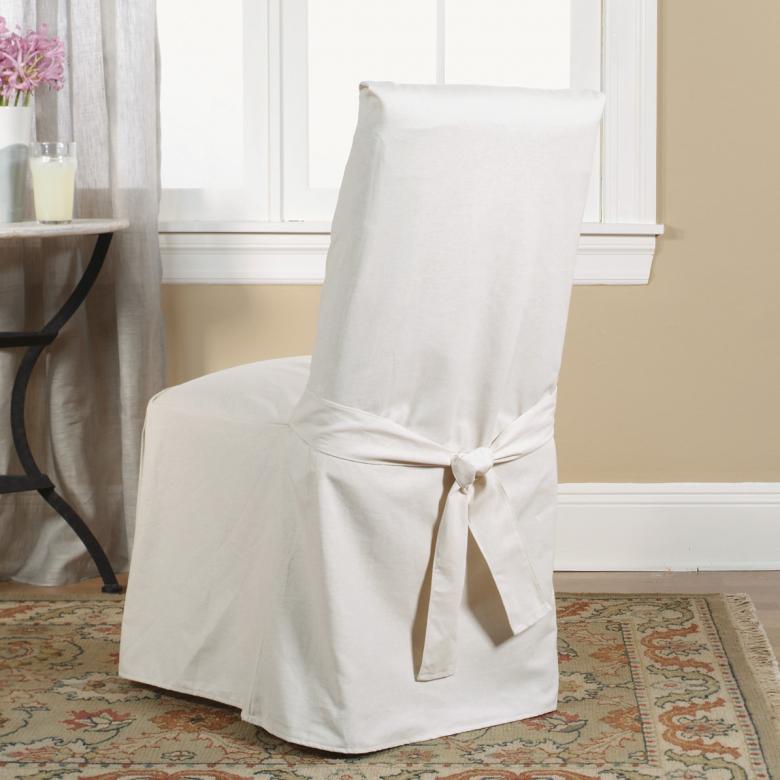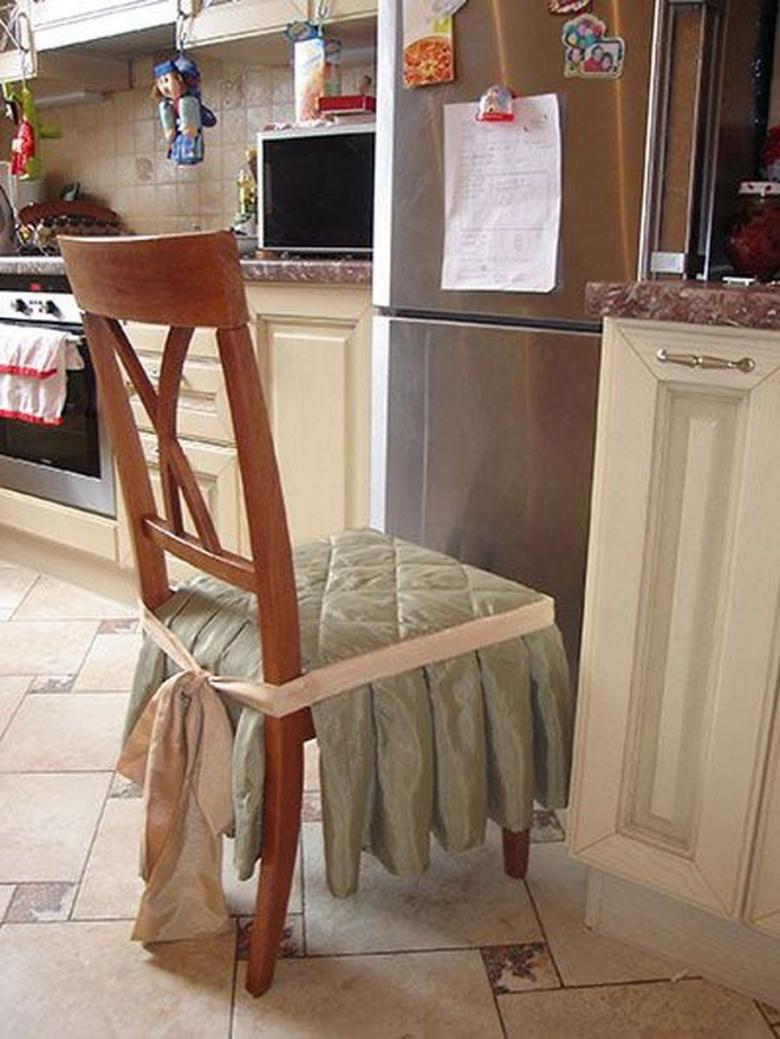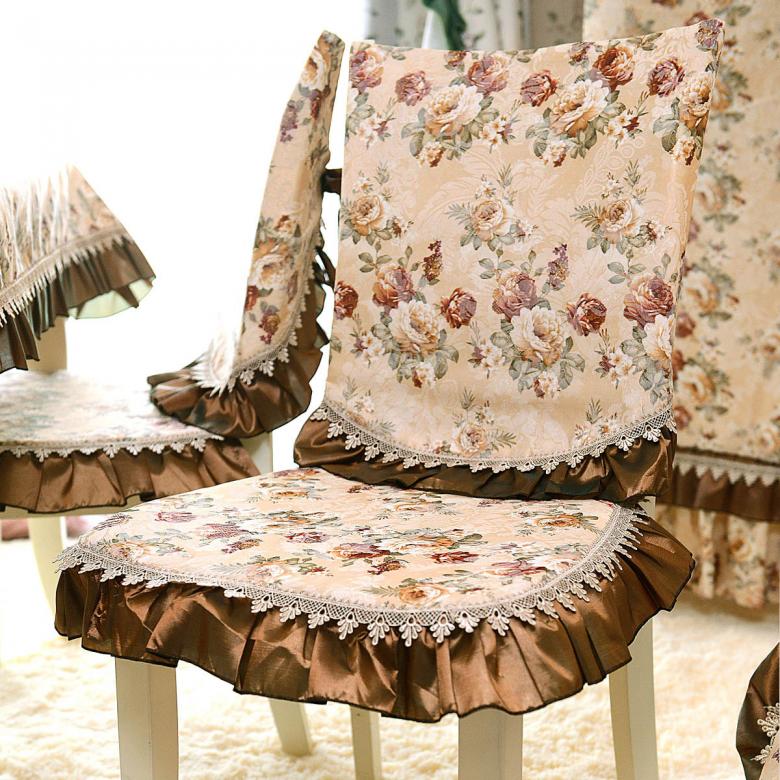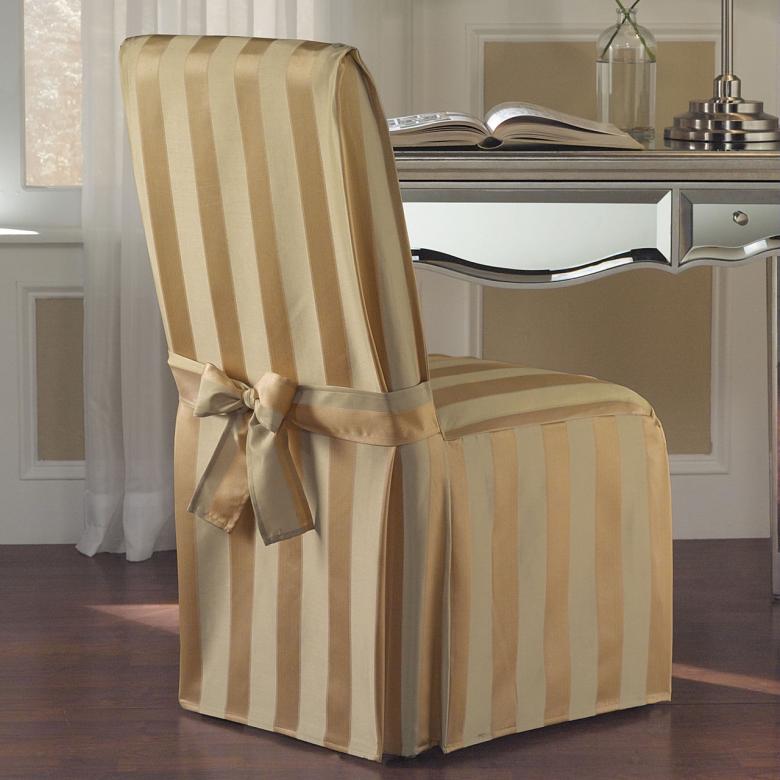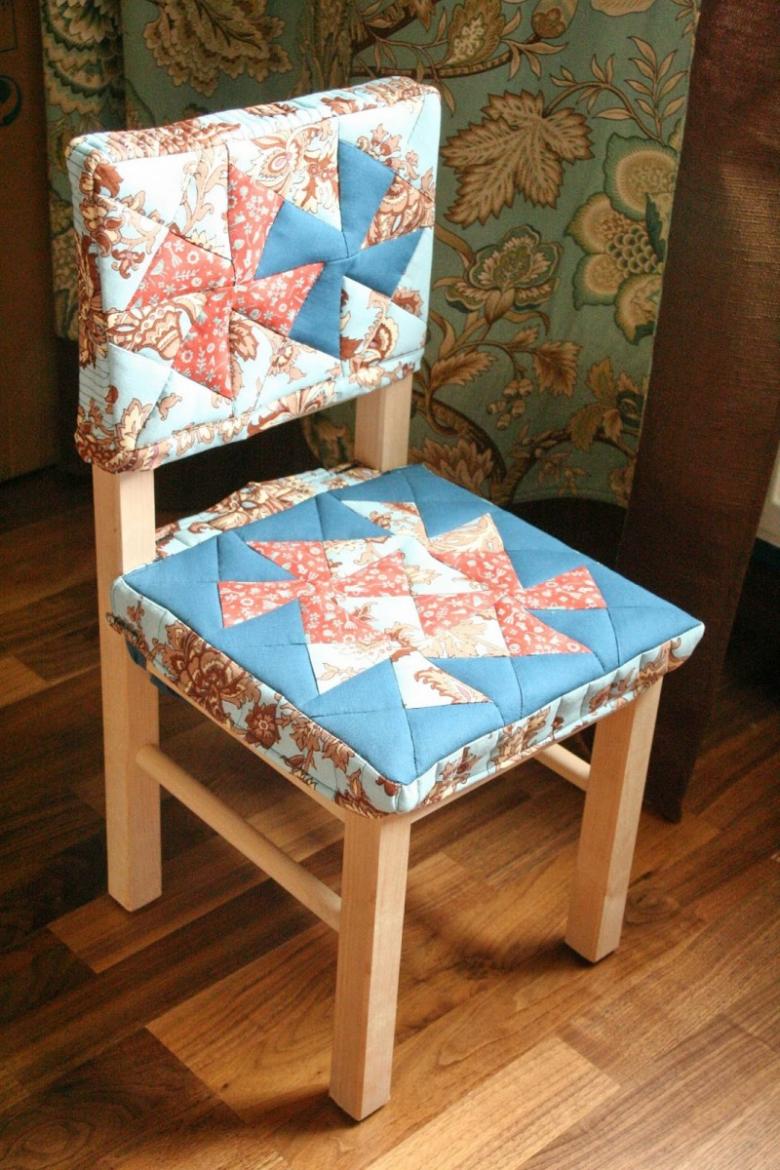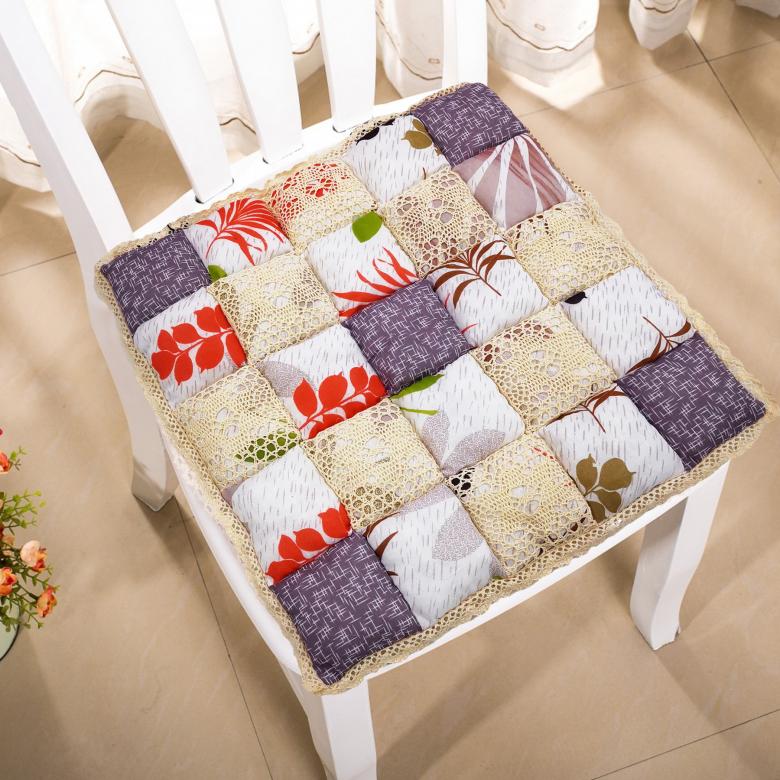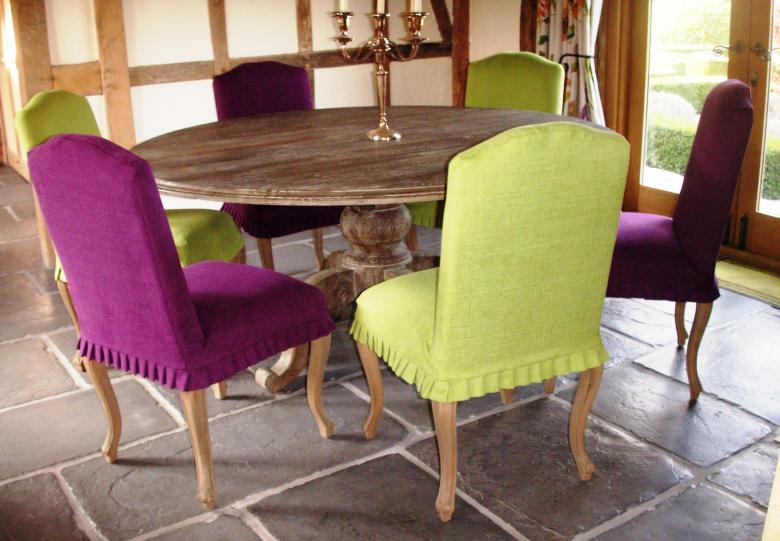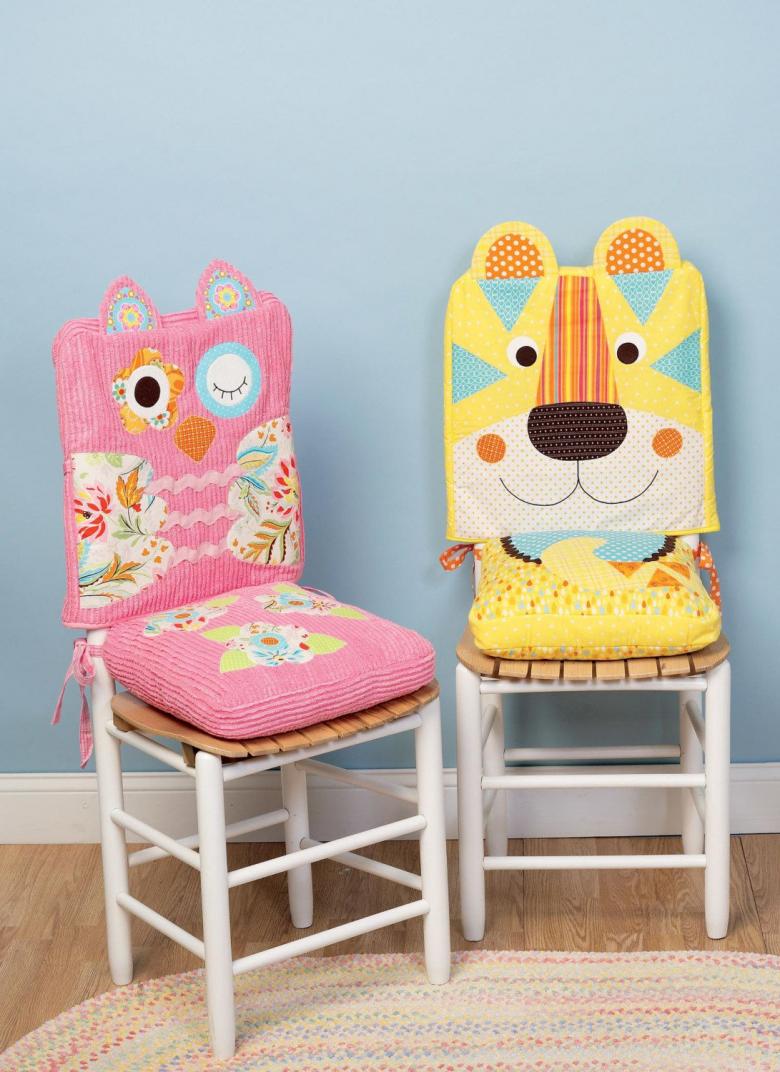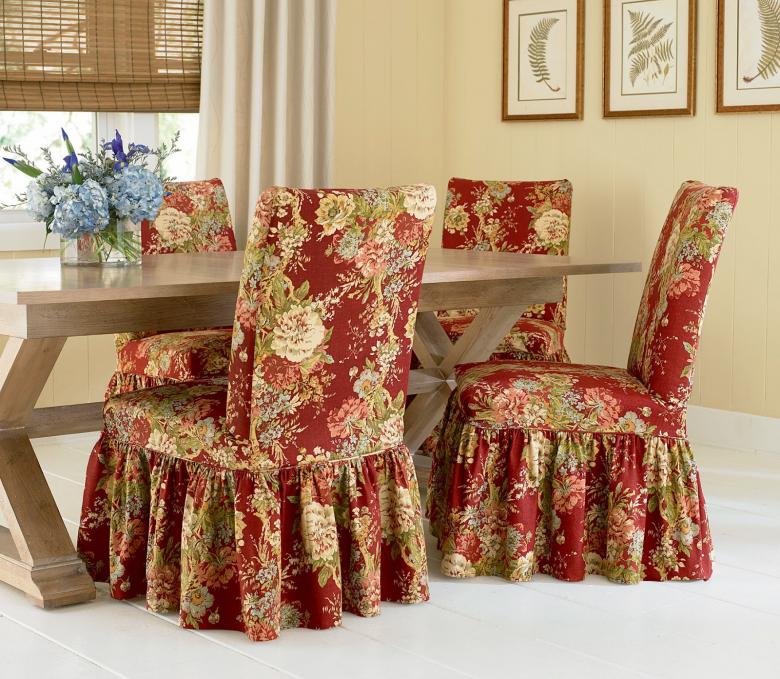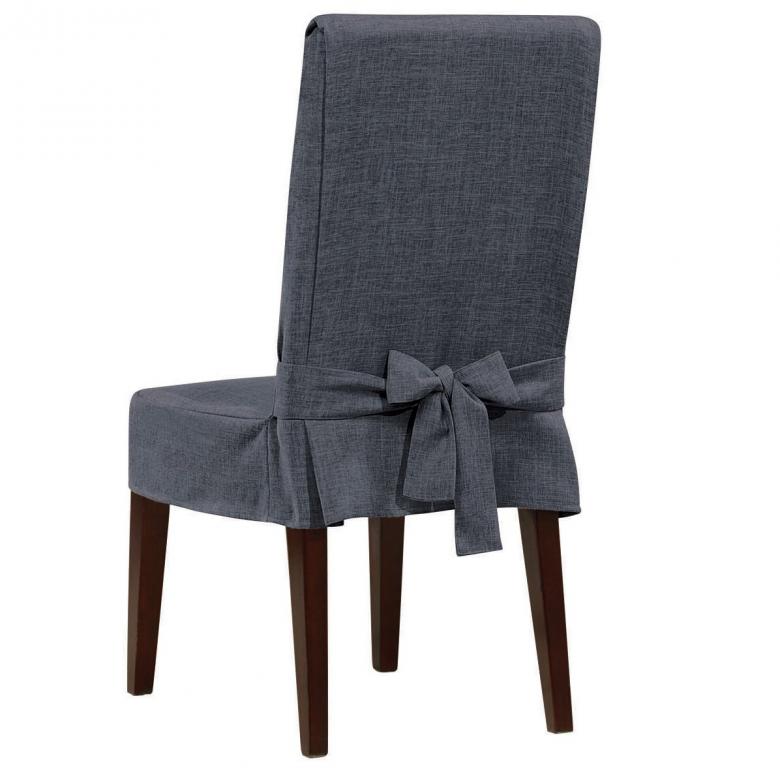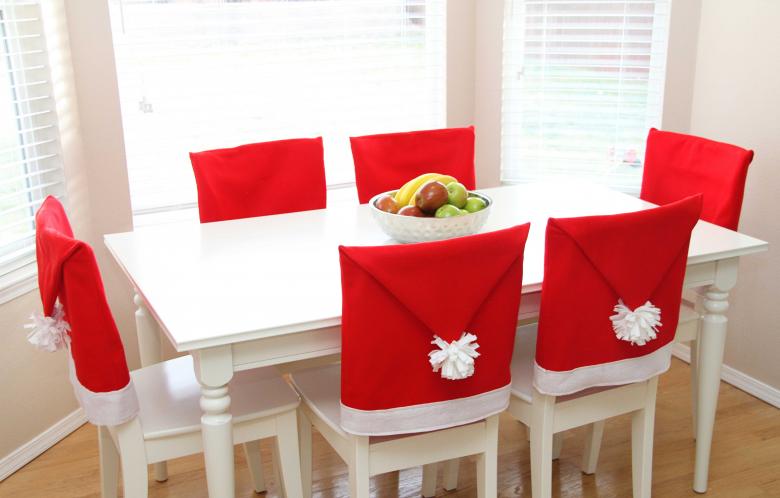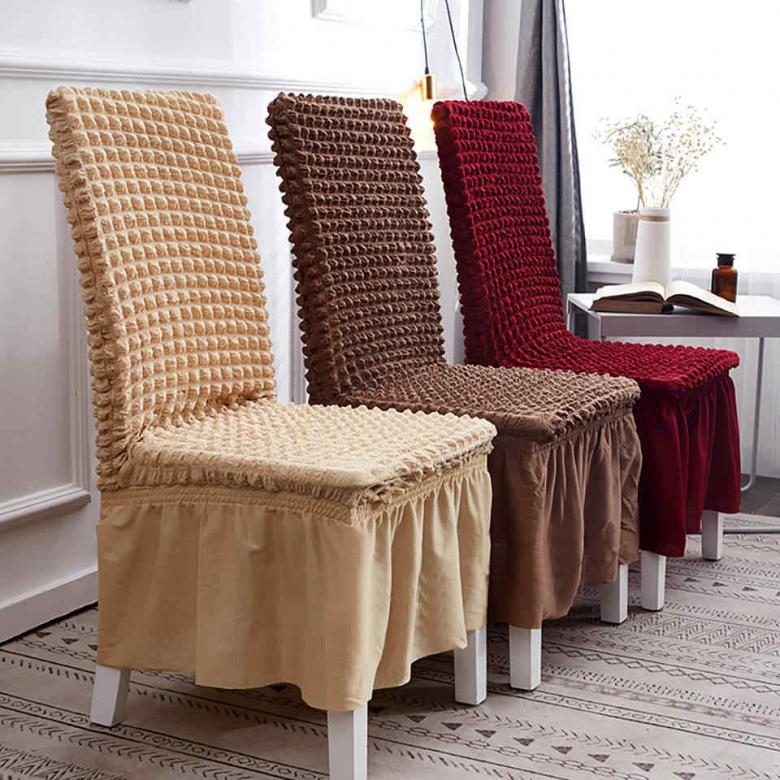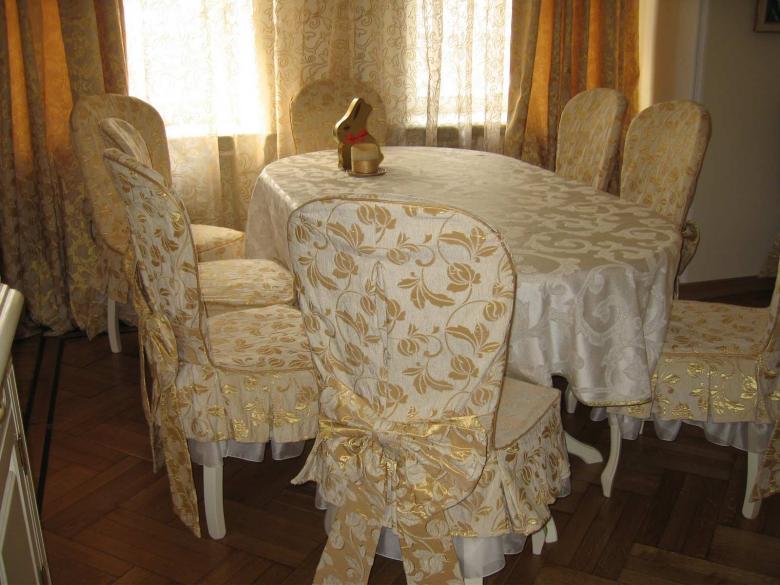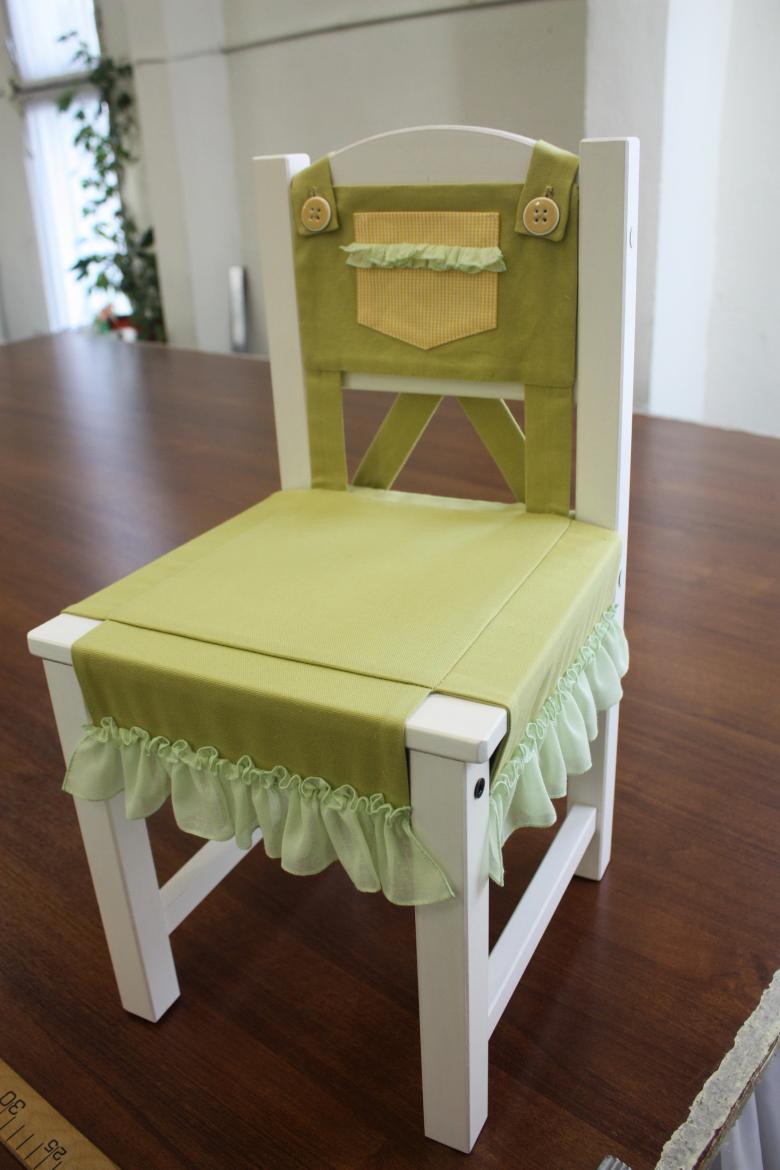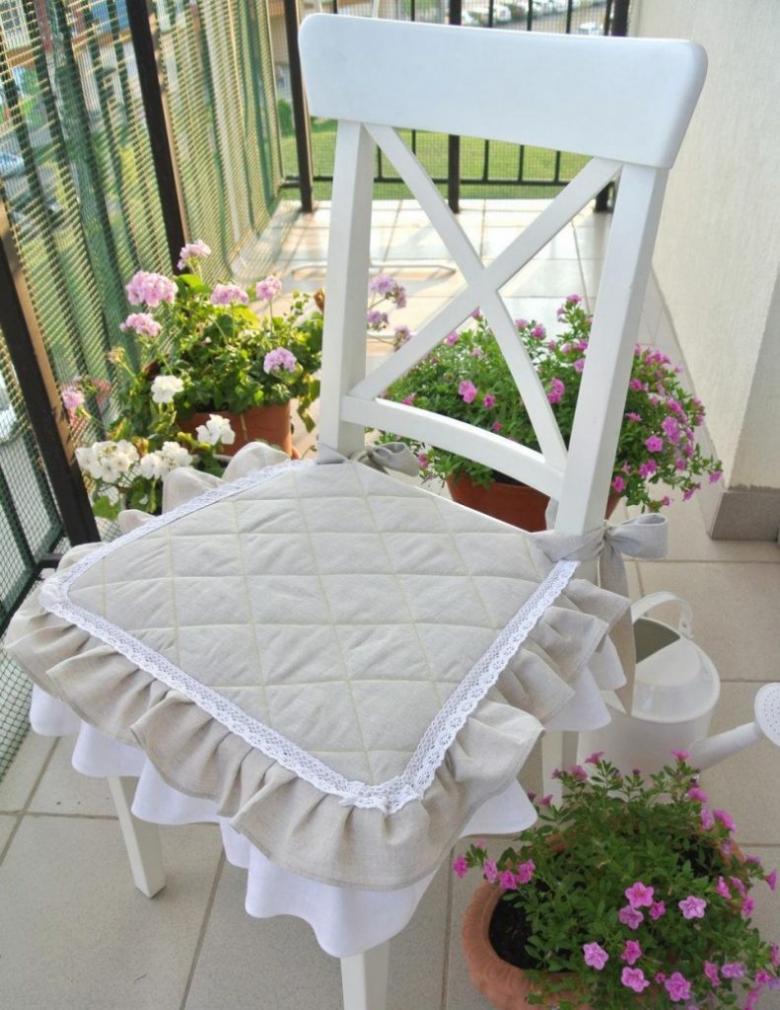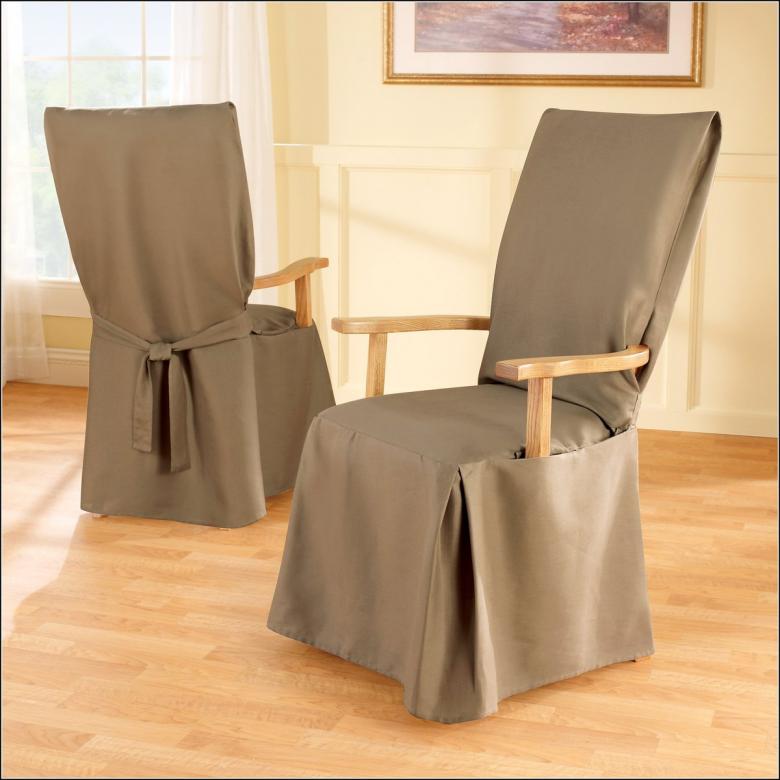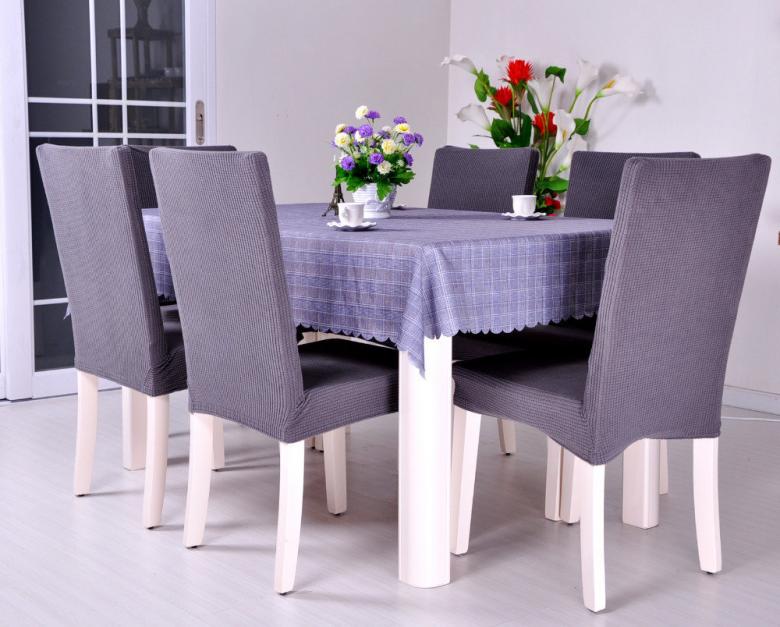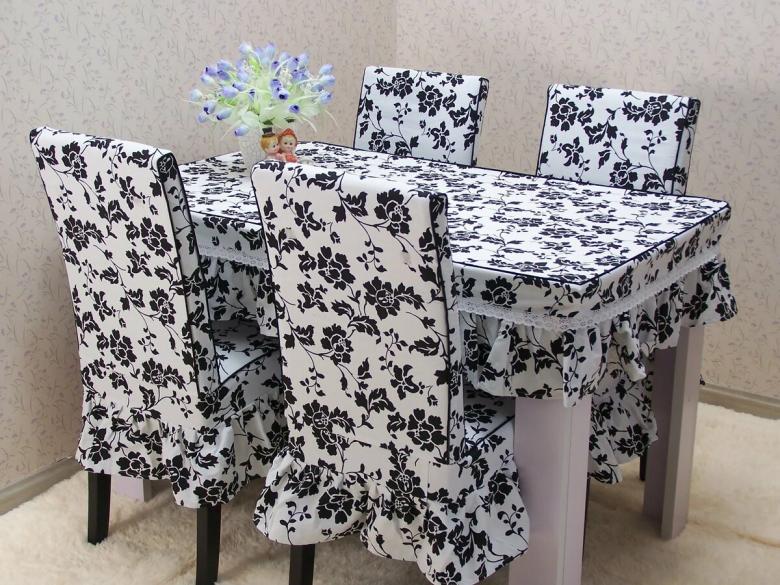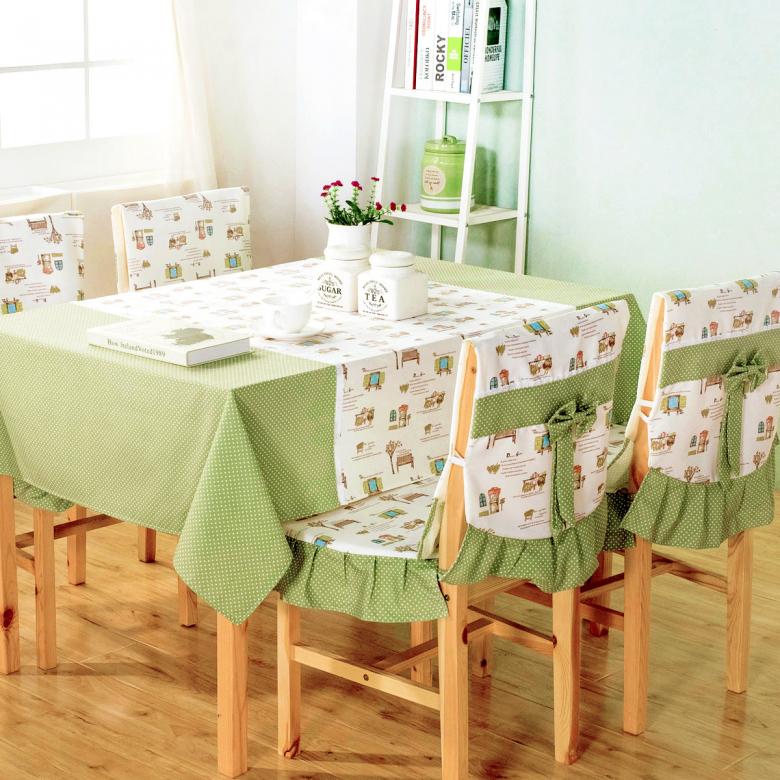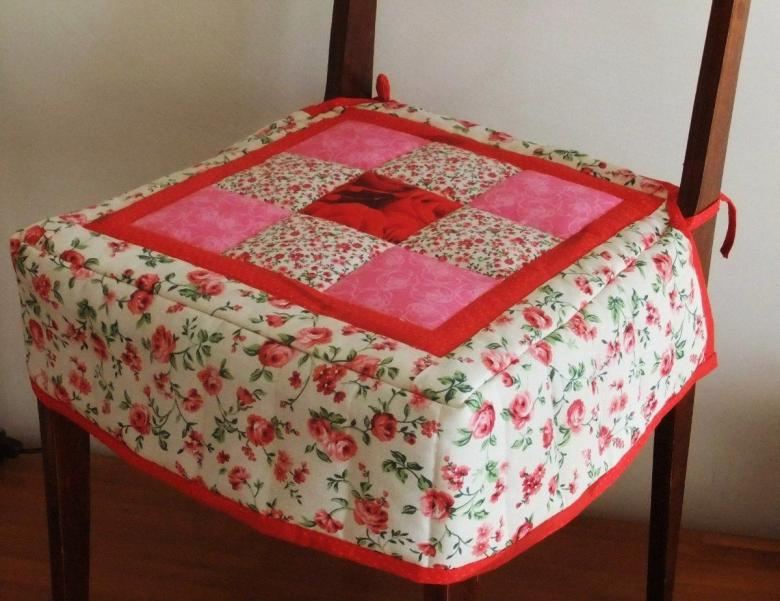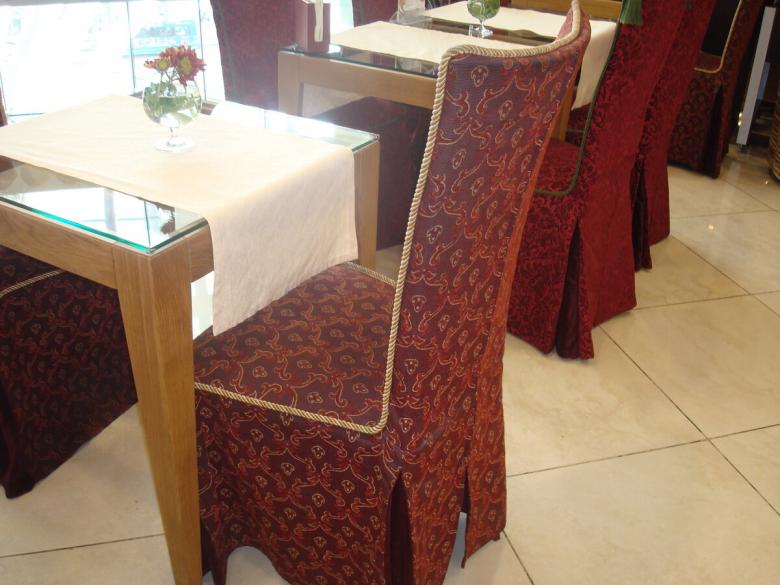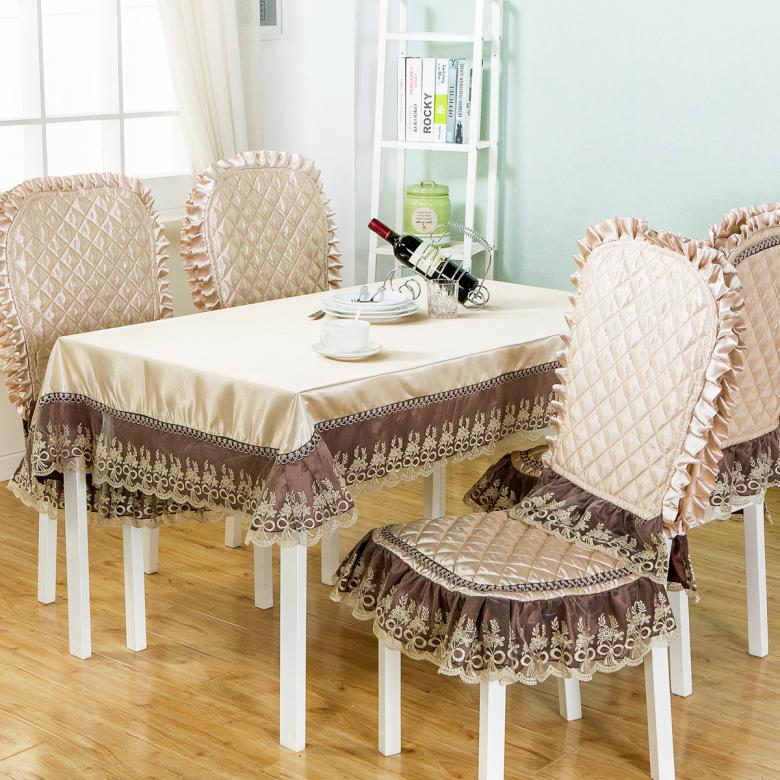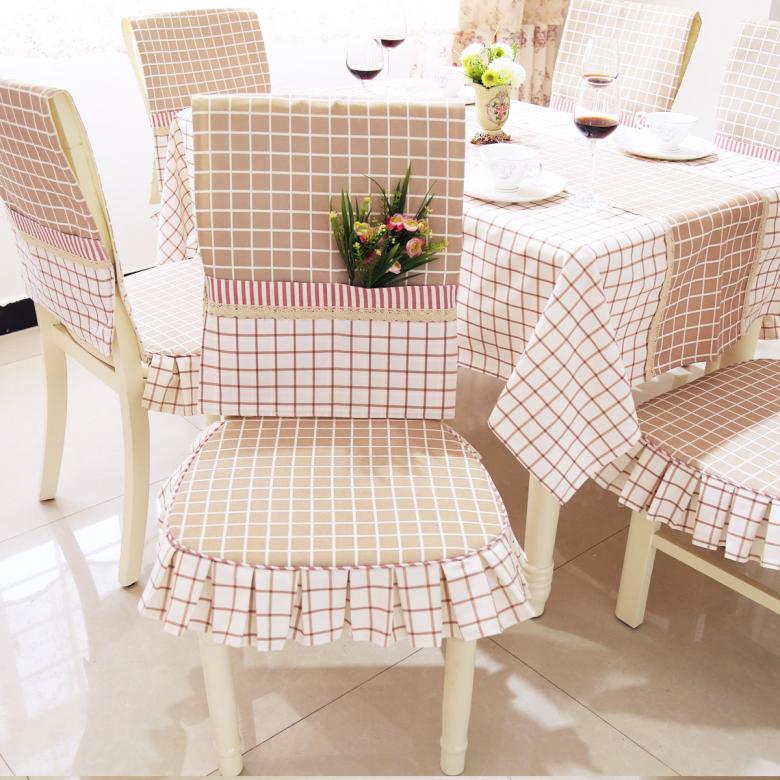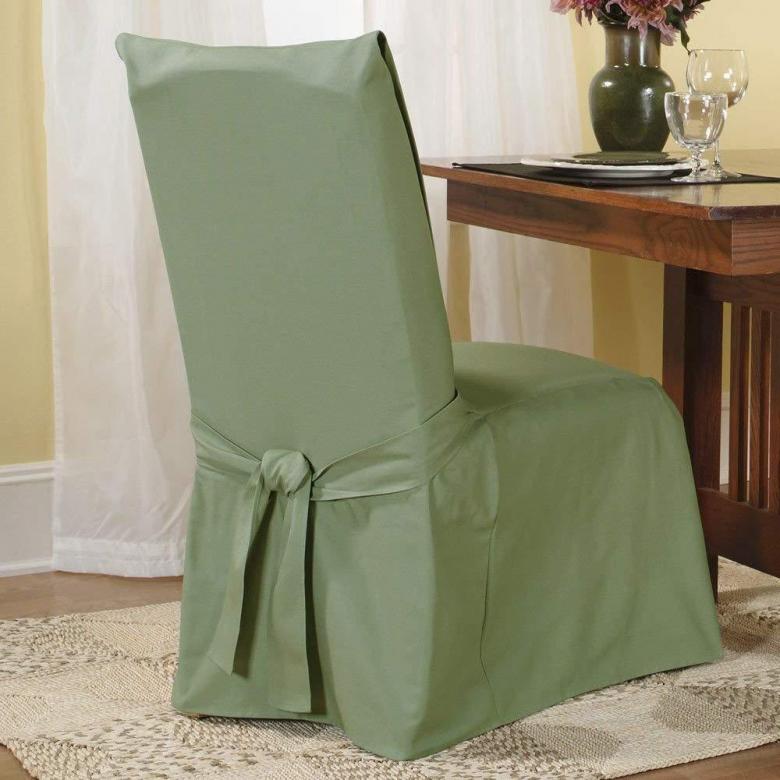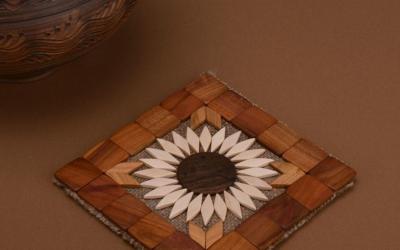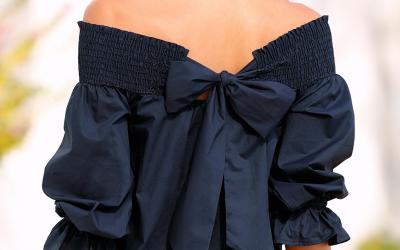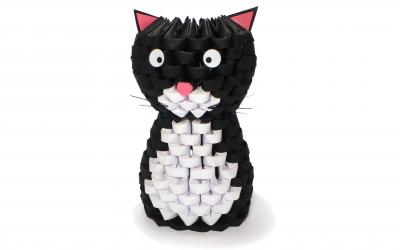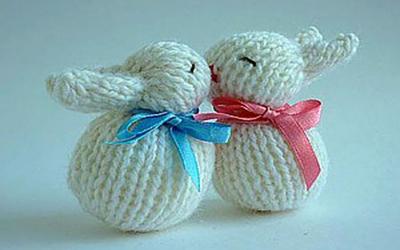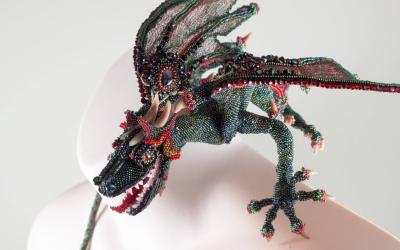Covers on chairs with their own hands: sewing tips and features a stylish choice of covers
These days, designers quite often put chairs in covers. These textile elements are designed to perform several tasks at once: protection of furniture products from dirt and claws of four-legged pets, masking of defects and scuffs, "reviving" the environment. Of course, you can buy such an accessory in any specialized stores. But it is much more interesting to sew it yourself.
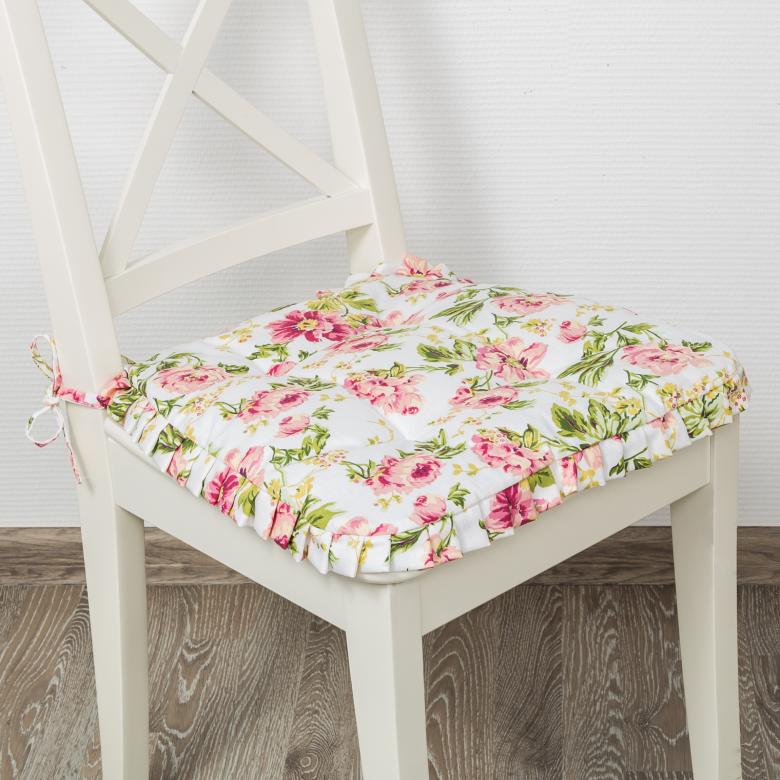
Area of application
Dressing furniture in covers can dramatically change the interior of the room, hide boring color or flaws in the upholstery material, transfer accents. In addition, the cost of making a stylish accessory is much less than the cost of updating the upholstery or furniture.
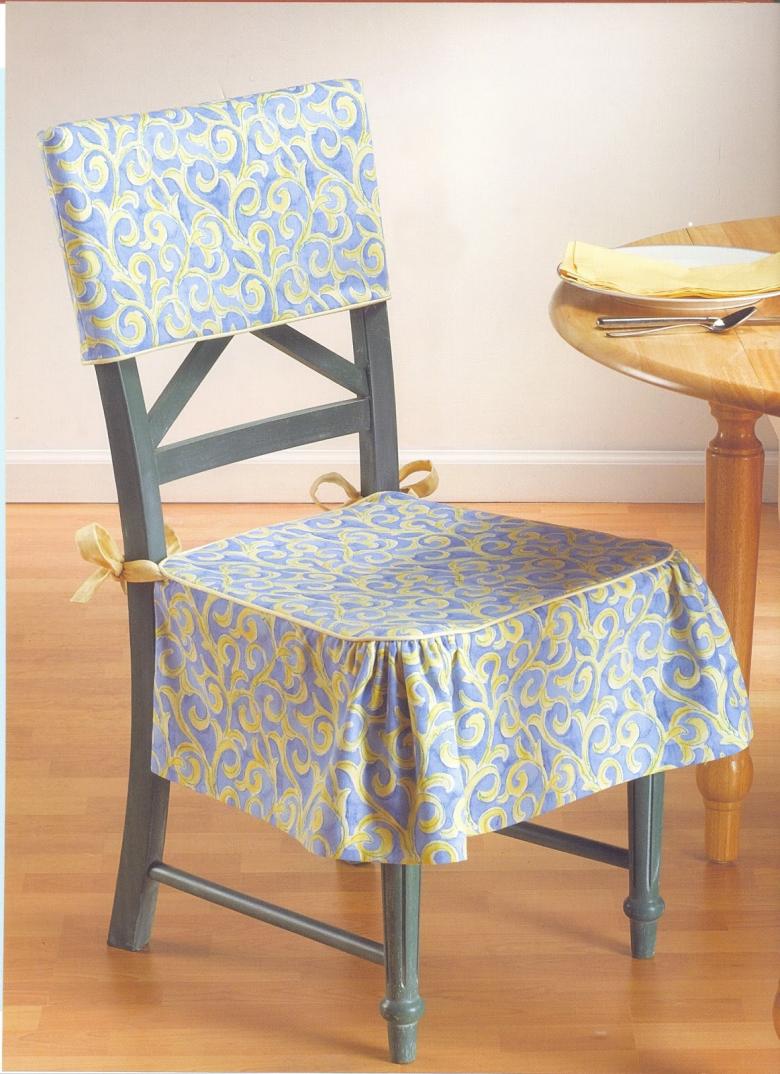
Covers are especially popular in children and in the kitchen. Such textile elements will be useful and during celebrations.

Types
Before considering how to sew chair covers with their own hands, it is necessary to study what models there are. There are many variations of such home textiles. But the key ones are considered:
- Cover on the seat. Such a product is designed to protect new furniture from contamination and rapid wear and tear.
- Half-covers. The difference between this type and the previous one is the incomplete closure of the chair.
- Separate covers for the back and seat. An ideal choice for children's rooms.
- Cover on the back. Such detail of back design is an indispensable attribute of the atmosphere of any festive event. The advantage of this option is the simplicity of sewing.
- Whole covers. They cover the whole chair, masking all its shortcomings. The only disadvantage is the complexity of creation. Their production requires a significant expenditure of material and time.

Measurements and pattern
The accuracy of the pattern of covers on chairs with their own hands depends on the correctness of measurements made:
- Taking measurements. Here it all depends on the model of the product. It is necessary to measure the height, width of the seat and back, as well as determine the length. Particular attention requires taking measurements from the legs - in some chairs, they may diverge downward. In such a situation you need to make some measurements at the top and at the base. The widest and narrowest places should be marked on the diagram.
- Drawing development. Before transferring the measurements to the pattern, it is worth drawing a drawing and reflect in it all the measurements made. The simplest pattern is considered a pattern for a one-piece cover - it on the one hand facilitates production, on the other hand - more expensive.
- Creation of the pattern. Once the drawing is developed, you can proceed to the creation of the pattern at a scale of 1 to 1. For this you will need a sheet of tracing paper and newspapers. You can even use old wallpaper.
- Checking. To be sure of the correctness of the pattern it should be attached to the chair and fastened with scotch tape. This way it is easier to notice all the imperfections made and make necessary corrections before the sewing work begins.
- Designing the final version. After checking and making adjustments, you need to make the final version of the pattern - with indents for seams.

Choice of material
Material covers on chairs with a backrest, sewn with his own hands, must meet the following criteria:
- functionality;
- stylistic compatibility;
- durability;
- practicality;
- tactile pleasantness;
- aesthetics.
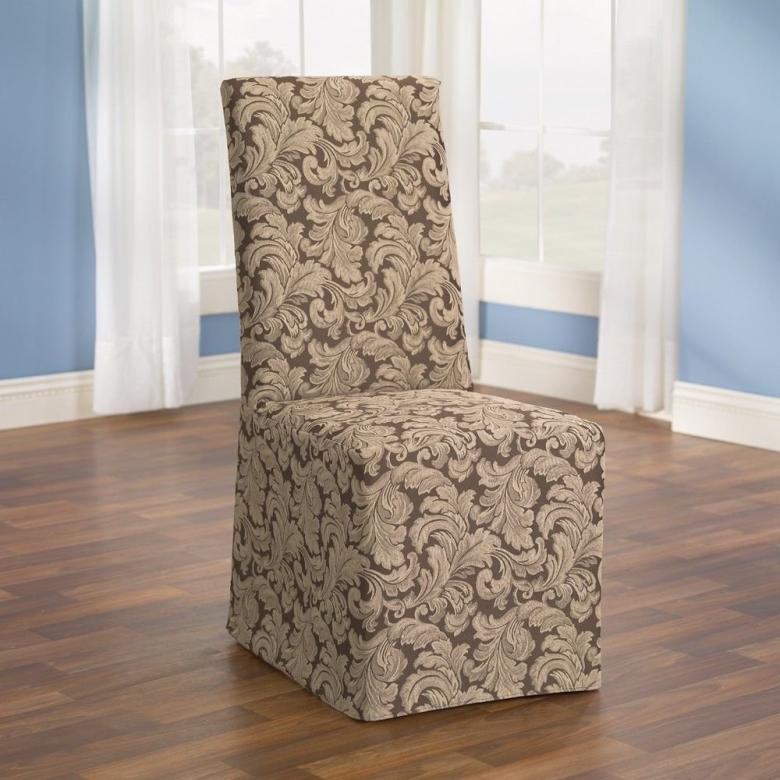
It must also harmonize with curtains and tablecloths. Most often covers are sewn:
- Of gabardine. Characterized by density.
- Of synthetic fabric. Quickly soiled and fray.
- Made of crepe-satin. Positive qualities - elasticity, softness, the presence of shine.
- Lycra. Pluses - elasticity, aesthetics, ease of care.
- Of spandex. Pros - durability, breathability, moisture resistance.
- Made of brocade. Heavy, luxurious material, the disadvantage of which is the difficulty of cleaning.

Cotton fabrics.
Of these, the leading ones are sateen, calico and twill. The main advantages are the ability to hold shape, hypoallergenicity, resistance to machine washing, a variety of colors. In addition, all cotton is distinguished by availability and low cost. There are only two disadvantages - water permeability and burnability.

Linen fabrics
Among them, cattail, linen and canvas are distinguished. The main advantage is environmental safety. There are also other advantages - excellent strength qualities, resistance to dirt and machine washing, durability.

Linen does not cause allergies. It is easy enough to take care of. The disadvantages are the coarseness of texture and laboriousness of ironing. Linen covers will fit perfectly into a country or ethnic style.
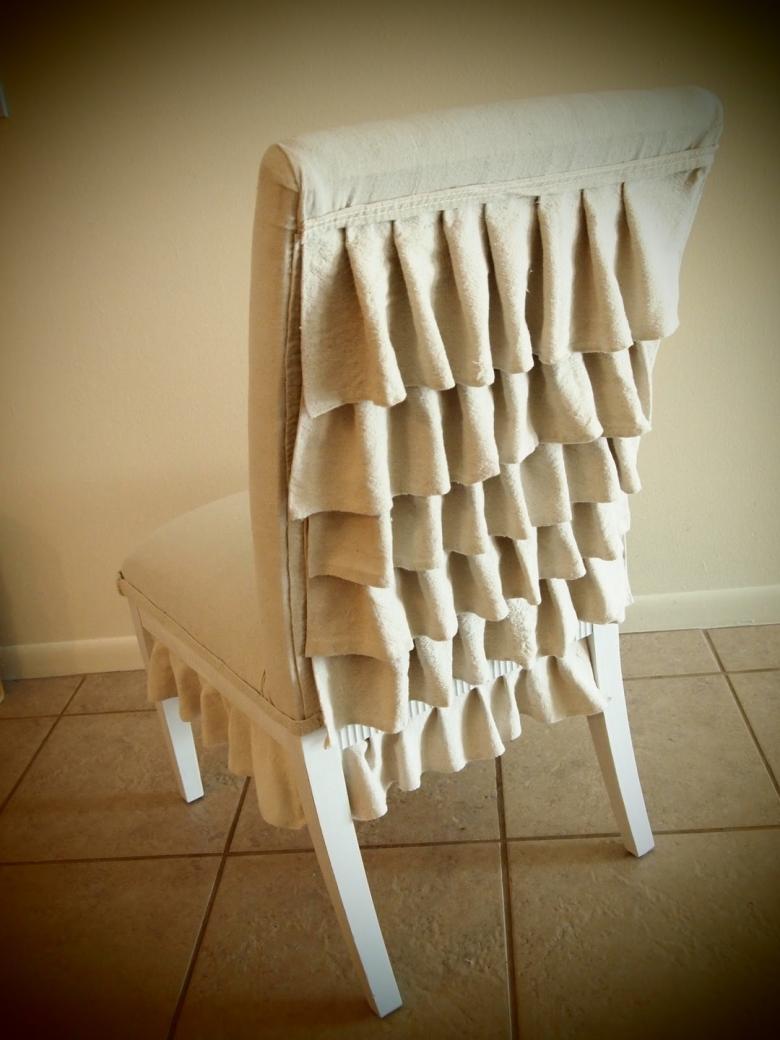
Flock and microfiber
These fabrics began to be used quite recently, but they have already gained their fans. The key advantages:
- resistance to wear and tear;
- attractive appearance;
- no crease;
- good tolerance to washing.
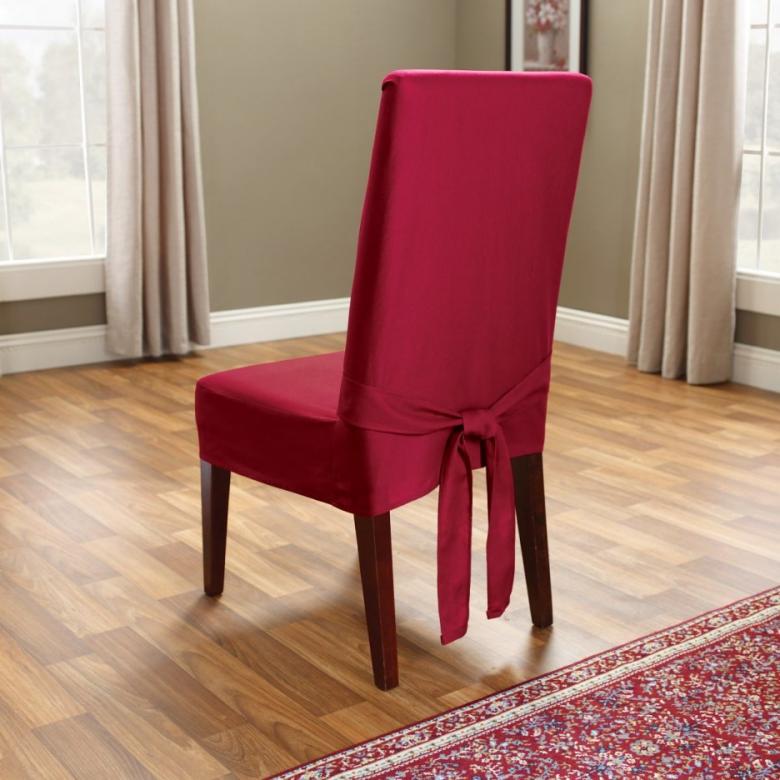
Silk fabrics
This group includes brocade, satin, crepe-satin. Their advantages - durability, noble appearance, elasticity, the possibility of elegant draperies. The disadvantage is that they are expensive. It is also worth noting that such fabrics are demanding to care and cleaning. Silk fabrics are used in the following designs - neoclassical, classic, Indian, Arabian.

Necessary equipment
If you decide to sew a fashionable and useful accessory for the chair yourself, before the work, in addition to the fabric, you should prepare:
- needle;
- thread of a suitable color;
- sewing machine;
- a piece of sintepon;
- Velcro;
- decorative elements;
- scissors and awl.
You will also need a sheet of paper or an old newspaper for the pattern, a simple pencil and chalk.
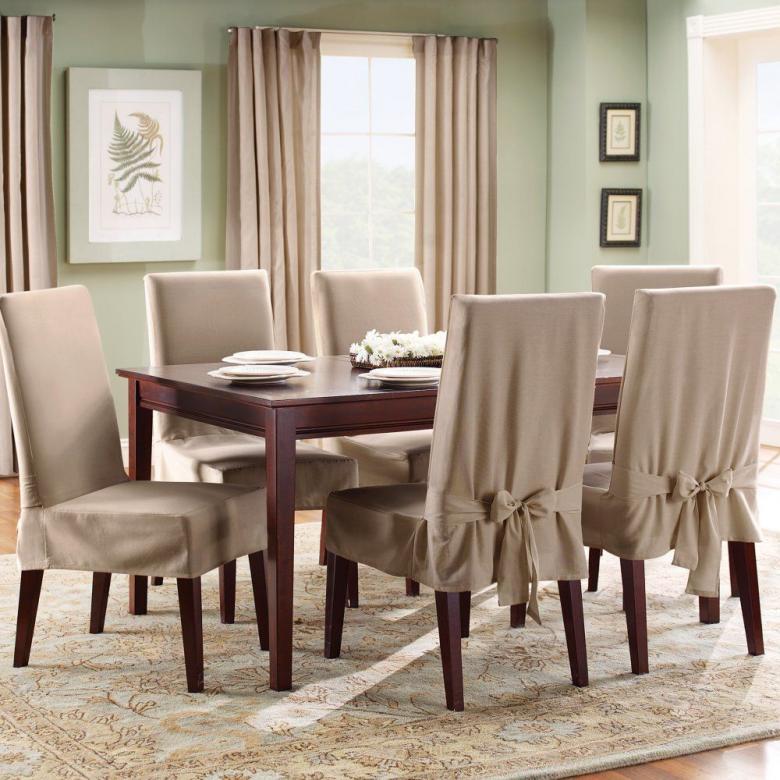
Instructions for sewing the cover yourself
To sew your own protective "clothes" for the chair, you need:
- Construct a pattern, having previously taken all the required measurements.
- Take a piece of insulation such as padding and cut out the seat, making seam allowances of 1 cm from the edges and 3 cm for the back.
- Attach the resulting blank to the seat and mark the notches for the back legs. Cut them out along the contour.
- Decide on the length of the future piece. Leaving the bottom of the chair open, measure the sides and back wall.
- Transfer the pattern to fabric. Cut, leaving an indentation for the seams.
- Round the side corners. This way the cover will fit better.
- Machine stitch all the parts, making notches on the rounded edges.
- Decorate the product with braid and beads. Wear it on the chair.
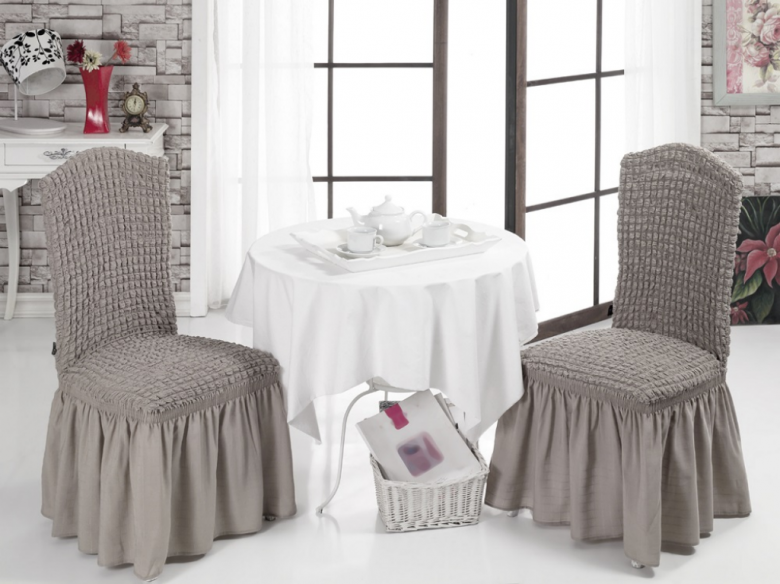
Ways of decorating
Choosing a variant of decoration, you should start from the style of the interior, a part of which is a chair. Restrained minimalism does not accept overloading, but welcomes a combination of materials in color or texture and unpretentious elements such as pockets and draperies.
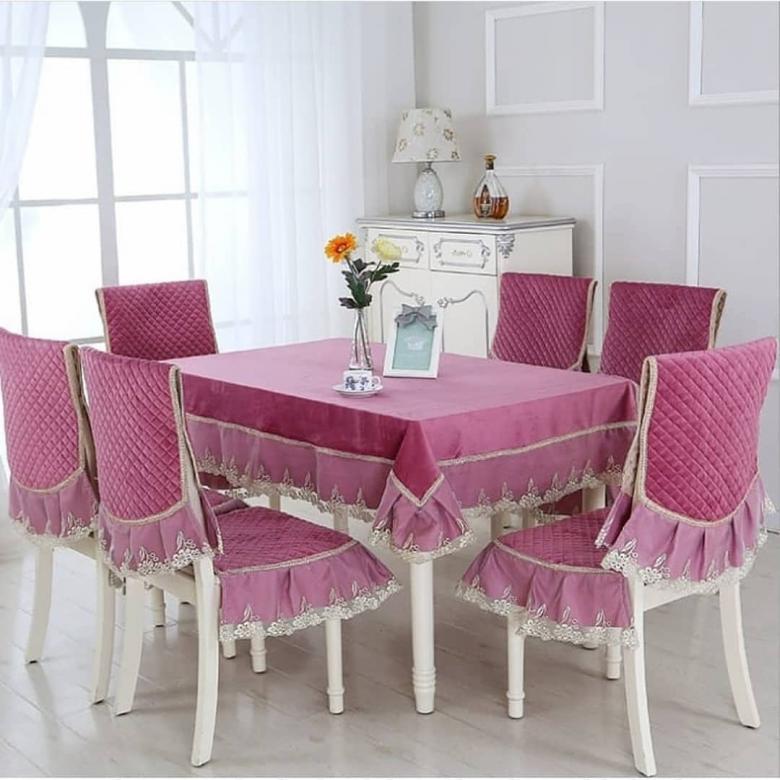
Classic approves:
- Floor pleats;
- edging that emphasizes the sharpness of the form;
- lace;
- gilded braid.
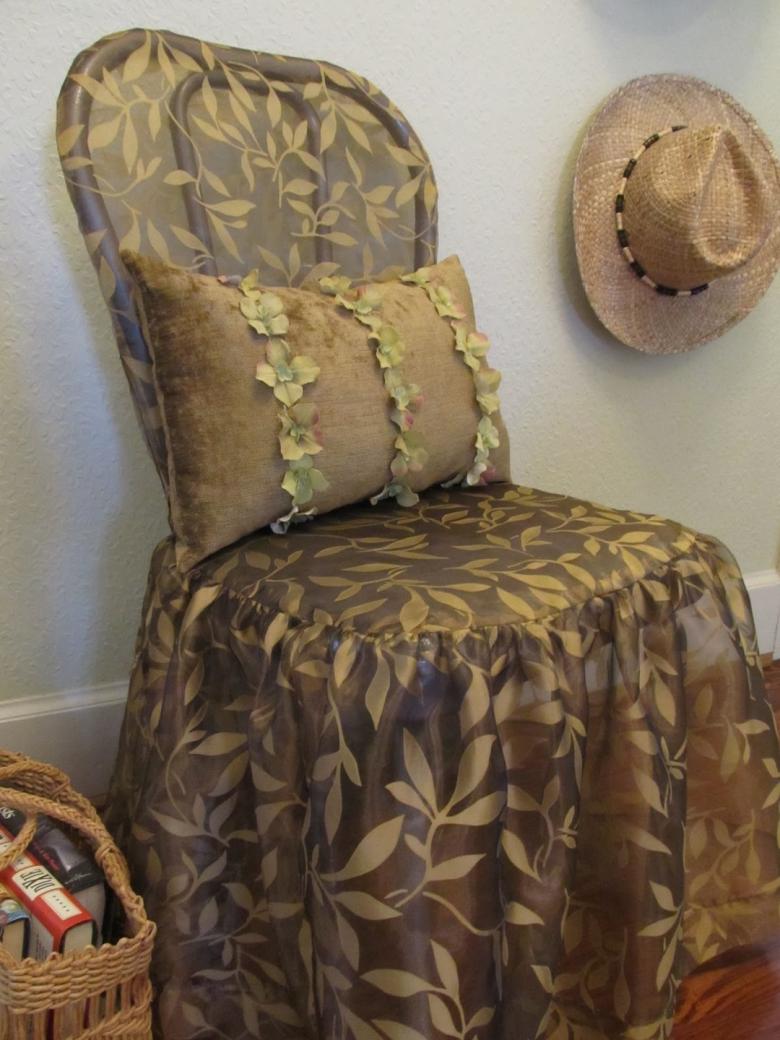
For country and Provence, stop at:
- ruffles and ruffles;
- knitted lace;
- braid with a floral pattern;
- lace.
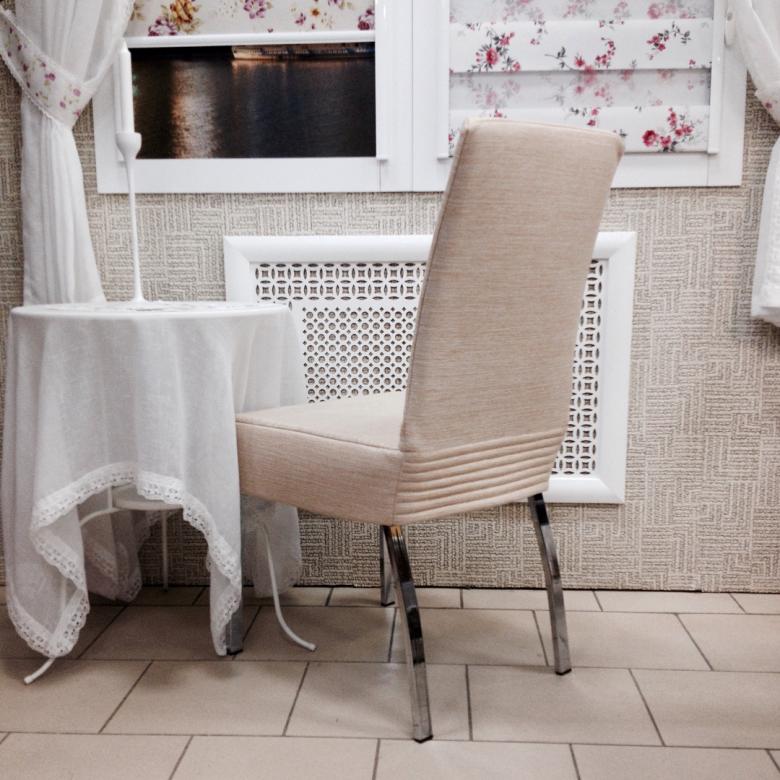
Homemade chair covers are highly prized. They help not only to protect furniture from wear and tear and update the interior, but also to create a cozy, beautiful environment.


